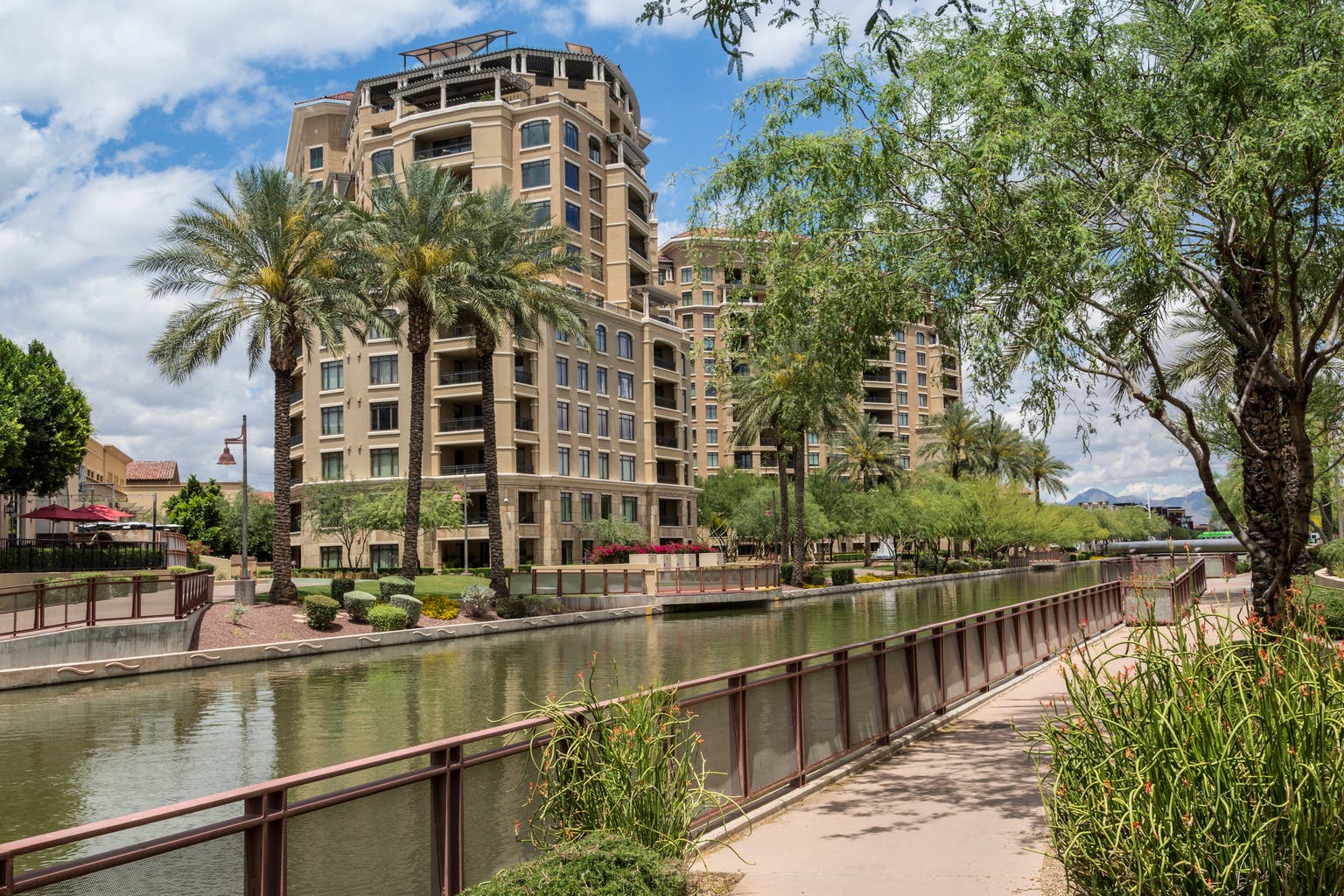KKR Real Estate Finance (KREF): A High-Yield Opportunity or a Risky Bet?

In the current market landscape, high-yield investments are attracting significant attention. KKR Real Estate Finance (KREF) stands out with a compelling 10.9% dividend yield and a notable 36% discount to its Net Asset Value (NAV). However, beneath the surface, concerns about dividend coverage and the broader real estate market necessitate a closer examination. This article delves into KREF's investment profile, analyzing its strengths, weaknesses, and potential risks to determine if it's a worthwhile addition to your portfolio.
Understanding KKR Real Estate Finance
KKR Real Estate Finance is a business development company (BDC) that primarily invests in mortgage loans and equity investments related to U.S. commercial real estate. They focus on providing flexible financing solutions to real estate developers and operators, often targeting properties that are underserved by traditional lenders. This niche strategy allows them to generate attractive returns, but it also exposes them to unique risks.
The Alluring Dividend Yield and Discount to NAV
The headline figures for KREF are undeniably attractive. A 10.9% dividend yield is significantly higher than the average yield of the S&P 500. Furthermore, the 36% discount to NAV suggests that the market is undervaluing the company's assets. This disconnect between market price and underlying asset value presents a potential opportunity for investors. However, it’s crucial to understand *why* this discount exists.
Dividend Coverage: The Key Concern
The primary concern surrounding KREF revolves around its dividend coverage ratio. While the yield is high, the company's ability to consistently fund that dividend is paramount. Recent earnings reports have revealed a concerning trend: dividend coverage has been tight, meaning that earnings are barely covering the dividend payout. This situation is exacerbated by rising interest rates and potential economic slowdown, which could negatively impact the performance of KREF's underlying real estate investments.
Navigating the Current Macro Environment
The commercial real estate sector faces headwinds. Rising interest rates increase borrowing costs for developers, potentially slowing down new projects and impacting property values. Furthermore, changing work patterns and the rise of remote work are impacting demand for office space, putting pressure on occupancy rates and rental income. KREF's exposure to these trends needs careful consideration.
Investment Thesis: Hold with Caution
Despite the challenges, KREF isn't without merit. KKR's experienced management team and its focus on niche real estate financing provide a degree of resilience. The discount to NAV suggests potential for future appreciation if the market recognizes the true value of the company's assets. However, the tight dividend coverage remains a significant risk.
Therefore, a hold rating is warranted for KREF. Investors already holding the stock should monitor dividend coverage closely and be prepared for potential volatility. New investors should proceed with caution, carefully weighing the high yield against the inherent risks and the uncertain macroeconomic environment.
Key Takeaways
- KKR Real Estate Finance offers a compelling 10.9% dividend yield and a 36% discount to NAV.
- Tight dividend coverage is a significant concern and warrants close monitoring.
- The commercial real estate sector faces challenges from rising interest rates and changing work patterns.
- A ‘hold’ rating is recommended, with caution advised for new investors.






